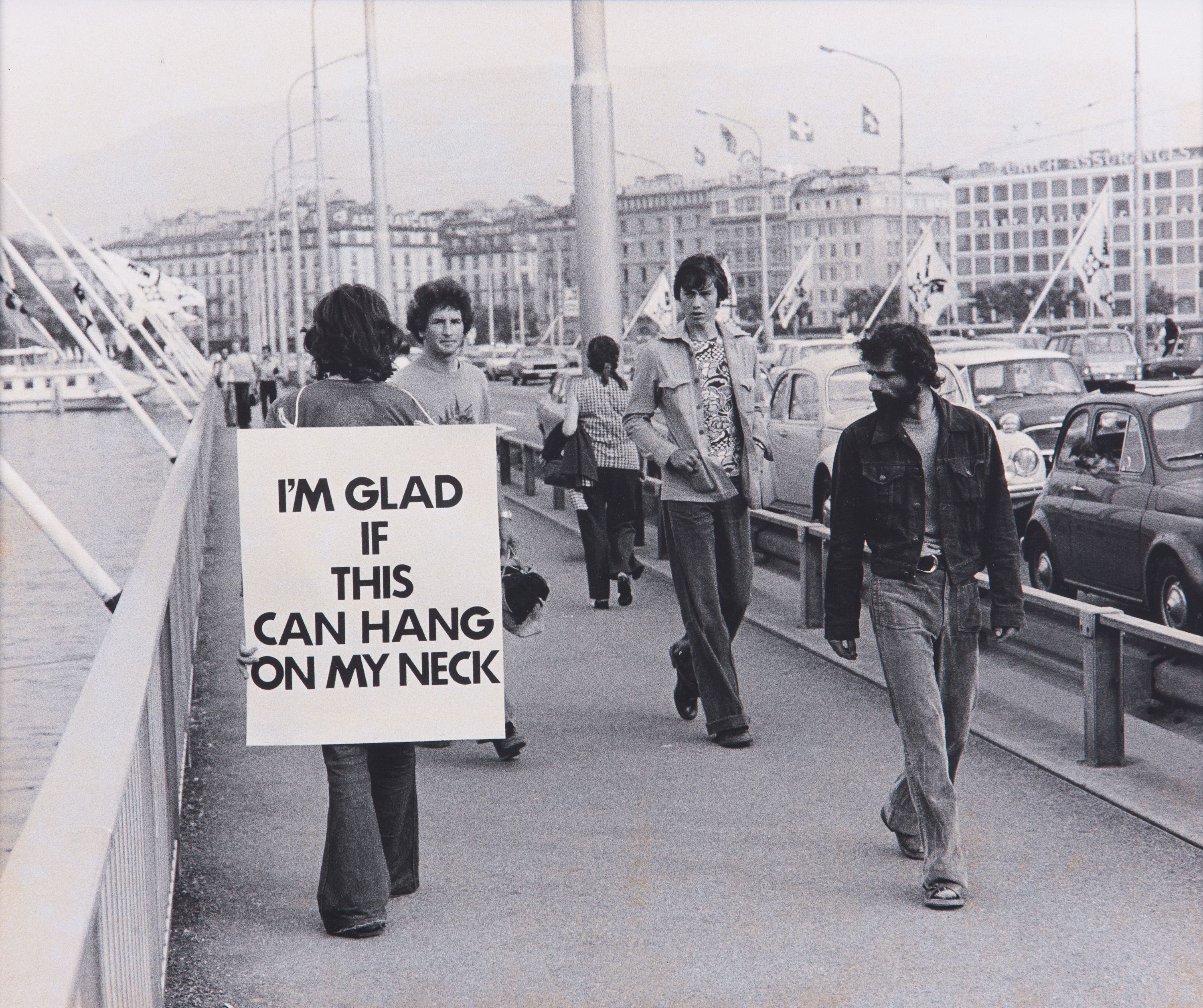Art Basel OVR: Miami Beach 2020
| Helyszín: | Online, Miami Beach |
| Dátum: | 2020. dec. 02 – 06. |
Leírás
acb Gallery is presenting in it’s Art Basel Miami Beach OVR a sharp overview of different aspects of Hungarian abstract painting between the 1970s and the 1990s. The six exhibited artworks showcase three positions.
The Landscape Transformations from the mid-1970s are landmarks not just in the oeuvre of Hungarian painter Imre Bak (1939), but in Hungarian art history as well. The artist’s practice stands for a half decade-long bridge building between (local) archaic symbols and (international) modernist tradition. The latter paintings of Bak stand for interchangeability of classical landscape motifs, like mountains, the sun and water with mirrored abstract geometric motifs of the 20th century avantgarde inspired by structuralism.
The axonometric paintings of Károly Hopp-Halász (1946-2016) also reflect on the local constructivist painting traditions, which were particulary important for the Pécs Workshop group in which Hopp-Halász started his career. In the complex oeuvre of Halász the representation of flamboyant geometric structures was a definitive moment in the mid 1970s, with which he could establish a link between the practice of his generation and the Hungarian pioneers of Bauhaus, who emigrated from the city Pécs or the op-art of Victor Vasarely, also born in Pécs.
The Layout paintings of internationally renowned conceptual artist Endre Tót (1937) are crucial recent rediscoveries. Tót, a Hungarian emigrant based in Köln completely abandoned his early painting practice from the 1970s, but he temporarily returned to it from 1988 to 1991, with his Layout series present in the selection. The visionary layouts of Tót are an extraordinarily unique combination of features that characterised the painting of the eighties – such as decorativity, the use of the patterns and vibrant colours typical for the period – with the visuality of press products, which dominated the aesthetics of the late 20th century and also play a key role in the conceptual practice of Tót.



